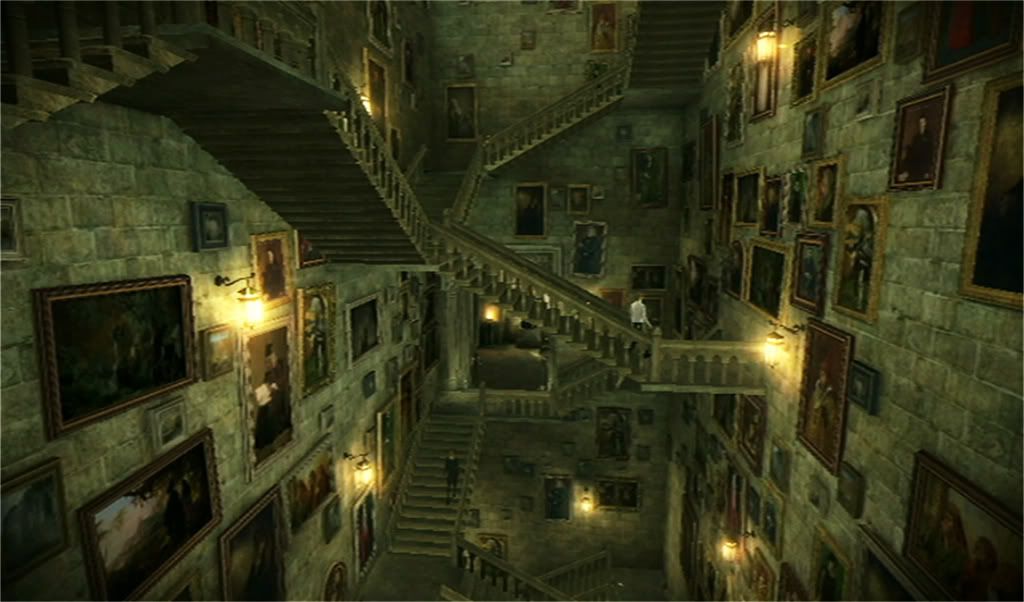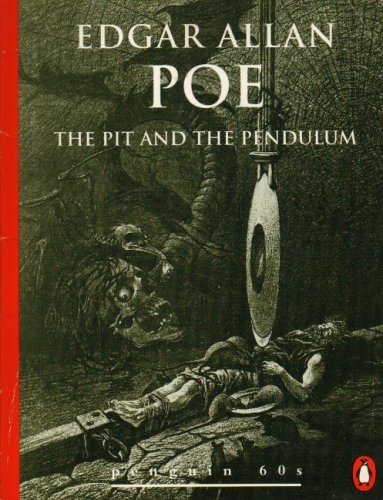environment in a way that is still Piranesi.
Born in Venice, he got away from the place as soon as he could, but could never leave its pervasive air of decline. He didn't find modernity, or progress, or the Enlightenment. His addiction to the ruins of Rome, his intoxication with their immensity, their power, seems pathological. The chance to see Le Carceri is a chance to look beyond their mythic charisma to find Piranesi himself inside his imaginary spaces.
 |
| Hogwarts moving staircases |
Piranesi's chief contribution to practical - as against imaginary - design was to fabricate what an ungenerous critic would call fakes. Piranesi sold "antiques": that is, he put together bits of ancient Roman sculpture that he and others had dug up - a carving of a lion's foot, a couple of fauns' heads - to fabricate imposing, profuse objects you can imagine gracing Nero's palace.
Eighteenth-century artists, writers and radicals routinely compared the social order to a prison. It seemed as if the boundary between the deathly other world of prison and the illuminated outside world was very thin, as if you could slip constantly between the two, as if the boundaries of prison were able to ensnare you as you slept.
It was only in the second edition of his carceri that Piranesi sited his prisons in ancient Rome. Perhaps he wanted to cover the subversive possibility that these prisons are dream images of his own time, his own society.
The Prison's series is supposedly based on a malarial fever-dream, the Carceri suggest a descent into the subconscious, an extraordinarily detailed nightmare. This is the Piranesi of the dark imagination that appealed to the fantasies of the Romantics and the psychology preoccupations of the moderns: Thomas De Quincy, in Confessions of an English Opium Eater; Edgar Allen Poe, in The Pit and the Pendulum; Marguerite Yourcenar, in The Dark Brain of Piranesi. The optical-architectural puzzles of M.C. Escher are obvious descendants. In Piranesi’s Dream: A Novel, Gerhard Kopf gives the artist a speech in which he defines architecture as “a sublime symbol for the tension between what you want to do in your own mind and what you are able to do in reality.” Piranesi’s style is full of paradoxes, refracting antiquity through a prism that encompasses Baroque, neoclassical and Romantic.
Piranesi is more than half in love with his prisons. They are a place his imagination can wander, and at the same time an impossible place - the prints contain spatial paradoxes, including a staircase that exists on two planes simultaneously. It is a place without limits or contexts: Piranesi's prison interiors have no outer walls, and each vista is cut off only by the frame of the image itself. The spaces are so big, so continuous, that they may not even be interiors; this may be a city that has grown into a world, where interior and exterior are no longer definable. There are views through arches of almost recognisable Roman sights - the colonnade of St Peter's. But there is nothing to tell us that these mark terminal points of the prison. Instead, they are incorporated into it.
If inside and outside no longer exist, up and down are what create the sense of power beyond description. While prisoners undergo mysterious torments, luckier souls pass by on parapets or bridges that have no logic or necessity. Piranesi argued that architecture should indulge in grotesque ornament; the architecture of his prisons is redundant, it is not functional, it relishes itself. The awful thing about Piranesi's punishments is that you don't quite know how they work, or what the thinking could be behind them. A wheel with spikes around its circumference; a post with more spikes; a kind of chandelier suspended from a beam, which on closer inspection looks like it might be ringed with meat hooks; pulleys, one of which raises and lowers a basket big enough to contain a person into a huge marble vat.
And yet, in most of the pictures, we don't actually see anyone being tortured. It is all suggested rather than shown. A couple of prison guards - or they might be prisoners doing forced labour - dig a grave in the middle of the prison. Elsewhere, there are glimpses of the damned. A man being pulled on a rack. Naked figures chained to posts while high above them it looks as if a musician is playing the fiddle. Higher still, spectators gather on a vertiginous walkway. It is impossible to tell at times who is a prisoner, who a guard, who a visitor. In the end you suspect that everyone in this place is a prisoner. At the same time, they might all be here by some perverse choice - there is a languid quality to it all; the tortures and chainings are relaxed, almost consensual.
Looking at Le Carceri, it doesn't seem that Piranesi either believed it was possible to escape from the prison he was enclosed in, which was without walls and without an exterior; he was one of the damned. Piranesi seems to think he belongs here, and to have succumbed to the ultimate corruption: taking pleasure in his punishment.The Prison's series is supposedly based on a malarial fever-dream, the Carceri suggest a descent into the subconscious, an extraordinarily detailed nightmare. This is the Piranesi of the dark imagination that appealed to the fantasies of the Romantics and the psychology preoccupations of the moderns: Thomas De Quincy, in Confessions of an English Opium Eater; Edgar Allen Poe, in The Pit and the Pendulum; Marguerite Yourcenar, in The Dark Brain of Piranesi. The optical-architectural puzzles of M.C. Escher are obvious descendants. In Piranesi’s Dream: A Novel, Gerhard Kopf gives the artist a speech in which he defines architecture as “a sublime symbol for the tension between what you want to do in your own mind and what you are able to do in reality.” Piranesi’s style is full of paradoxes, refracting antiquity through a prism that encompasses Baroque, neoclassical and Romantic.










